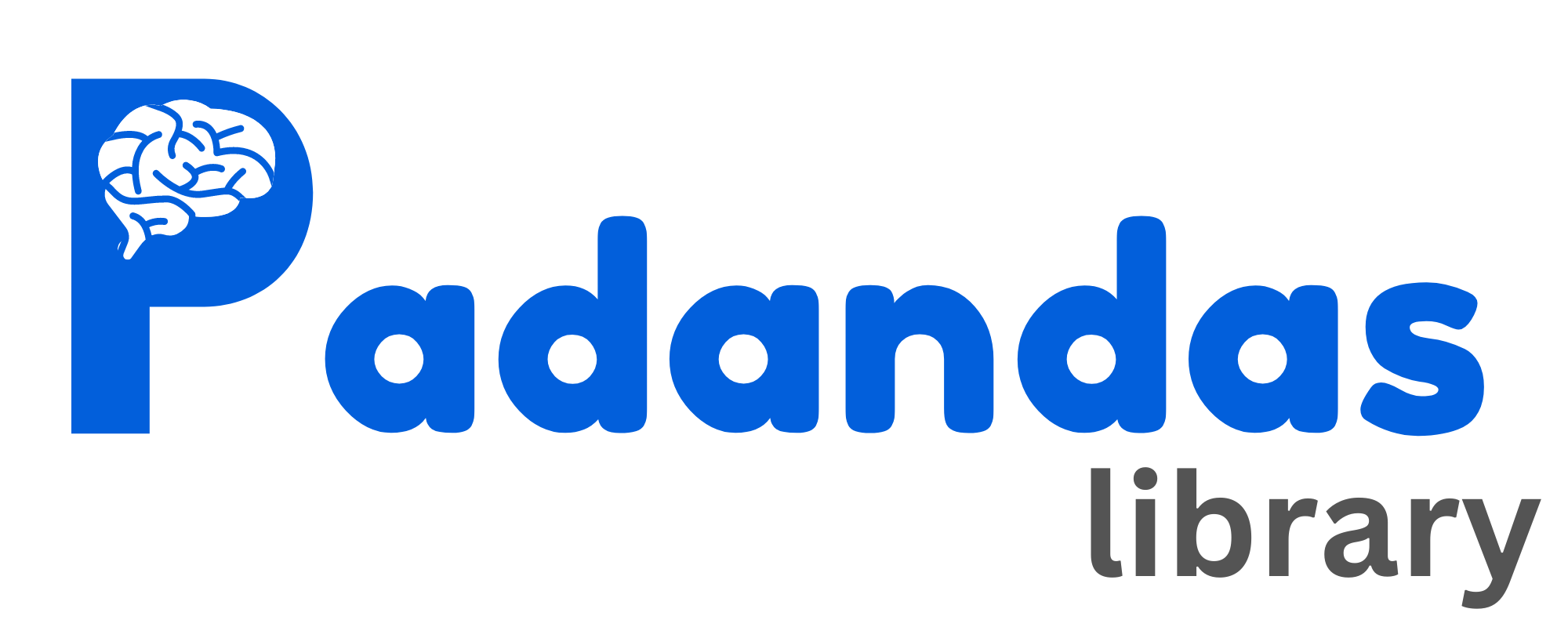Types of Organic Reactions
Types of Organic Reactions
The reactions of organic compounds can be classified into four main types-
- Substitution reactions
- Addition reactions
- Elimination reactions
- Rearrangement reactions
1) Substitution reaction-
Those reactions in which an atom or group of atoms attached to a carbon in the substrate molecule is replaced by another active atom or group of atoms. For example-
⇒Electrophilic substitution reaction - Substitution reaction is due to the presence of electrophile. Such type of reaction is known as electrophilic substitution reaction.
⇒Nucleophilic substitution reaction-Substitution reaction is due to the presence of nucleophile. Such type of reaction is known as nucleophilic substitution reaction.
2) Addition reaction-
Those reactions in which atoms or groups of atoms are simply added to a double or triple bond without the elimination of any atom or other molecules. In these reactions, at least one π bond is lost while two new bonds are formed
3) Elimination reaction or dehydrohalogenation reaction -
Removal of hydrogen and halogen from alkyl halide in the presence of an alcoholic solution of potassium or sodium hydroxide to give alkene compound is called as elimination or dehydrohalogenation reaction.
4) Rearrangement reaction-
Those reactions which are involved in the migration of an atom or groups of atoms from one site to another within the same molecule are known as rearrangement reaction. The product is always structural isomers of the original compound.

